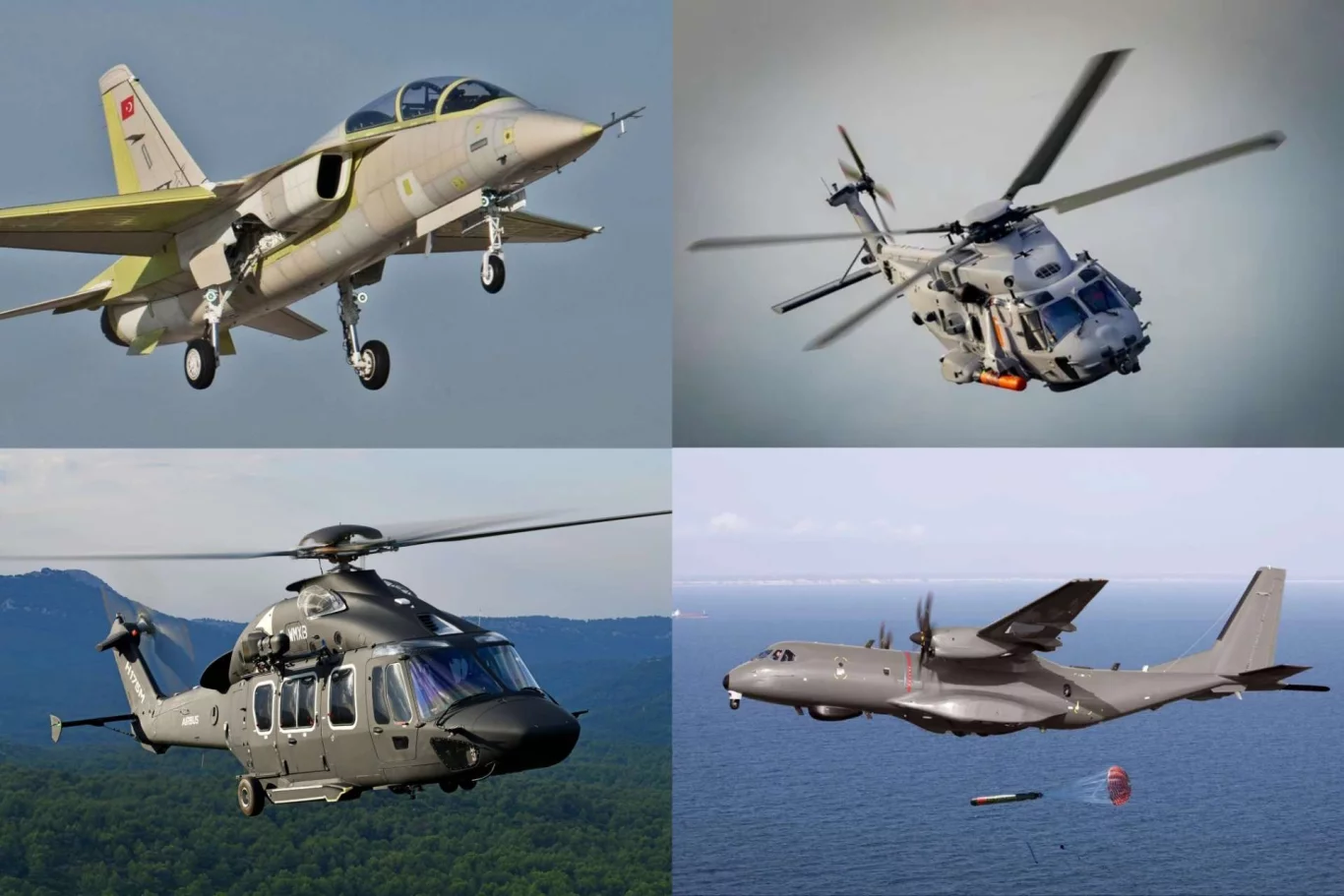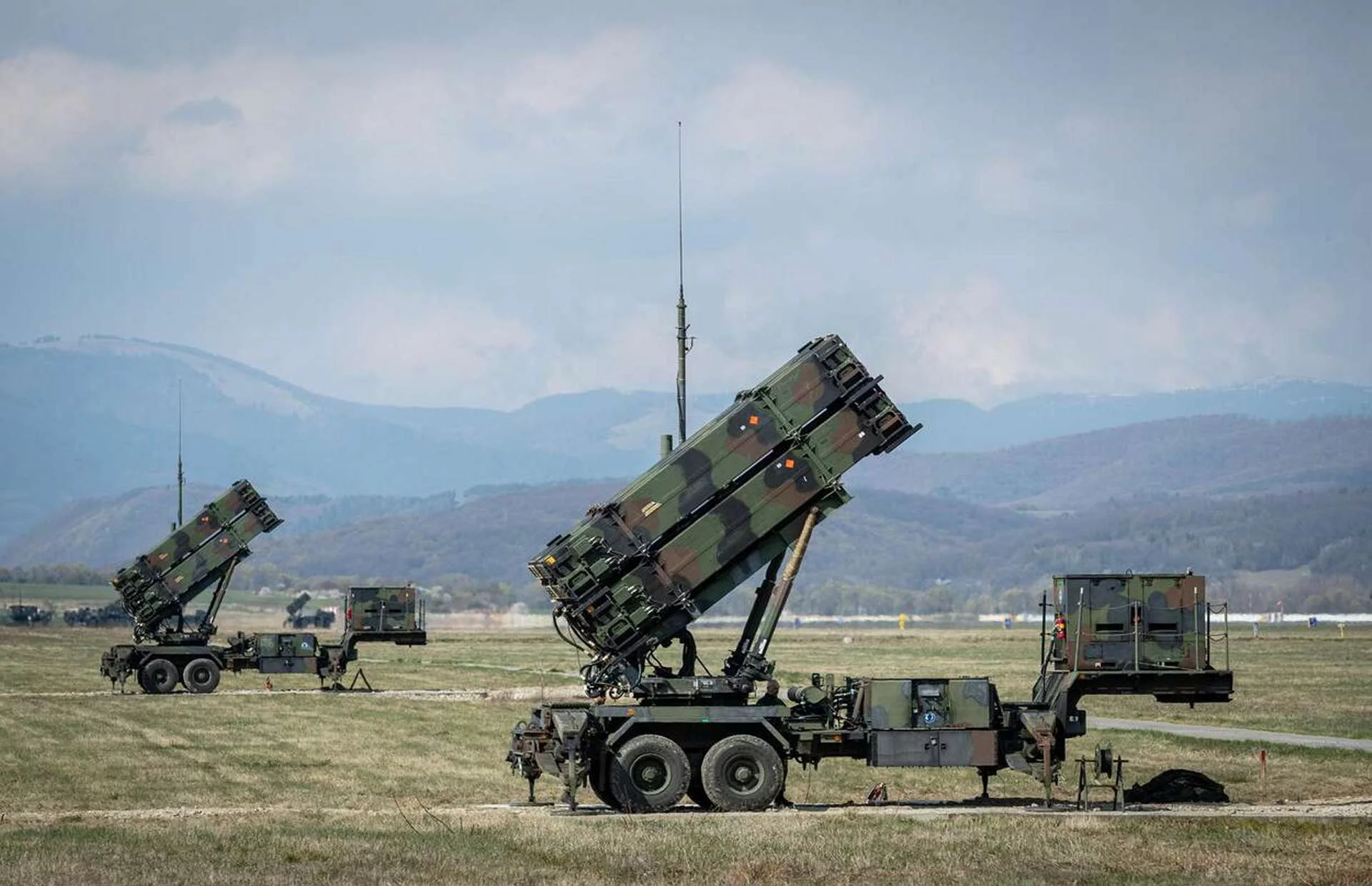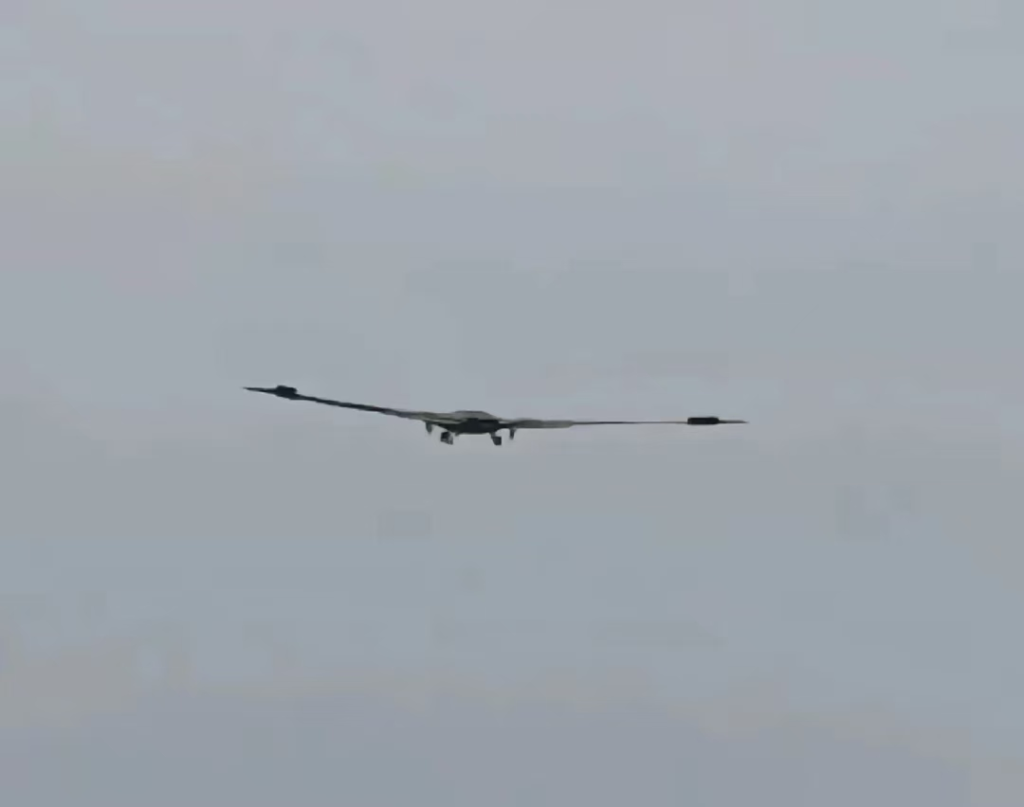Spain is embarking on a substantial and strategic investment in its air force, committing a staggering €3.68 billion to a comprehensive modernization package. This multi-faceted initiative signals a clear intent to significantly enhance its aerial capabilities across critical domains: advanced pilot training with the acquisition of Huerjet trainer jets, a crucial upgrade to its vital airlift fleet, and a significant boost to its rotary-wing assets. This isn’t just about replacing old equipment; it’s a forward-looking effort to ensure Spain’s air power remains relevant, capable, and aligned with its national defense objectives and NATO commitments in an increasingly complex global security environment.
At the heart of this modernization push is the acquisition of the Huerjet trainer jets. Modern pilot training is the bedrock of any capable air force, and the transition from basic trainers to advanced combat aircraft requires sophisticated intermediate platforms. The Huerjet, while details are likely emerging, is poised to fill this vital role. Such a trainer is typically designed to:
- Bridge the Gap: Effectively prepare pilots for the complex systems and high-performance demands of advanced fighter jets, such as the Eurofighter Typhoon or future combat aircraft.
- Advanced Avionics: Incorporate modern glass cockpits, simulated radar, and electronic warfare suites to familiarize pilots with contemporary combat environments.
- Cost-Effective Training: Provide a more economical platform for accumulating flight hours and practicing tactical maneuvers compared to expensive frontline fighters.
- Domestic Production Potential: Given Spain’s robust aerospace industry, there’s often an emphasis on domestic or collaborative European production, bolstering local industry and expertise.
Beyond pilot training, Spain is making a crucial investment in its airlift capabilities, specifically targeting upgrades to its C295 fleet. The Airbus C295 is a highly versatile medium transport aircraft, widely used for tactical airlift, maritime patrol, and special operations. The planned upgrades will likely focus on:
- Enhanced Avionics and Navigation: Integrating advanced FITS (Fully Integrated Tactical System) or similar mission systems to improve situational awareness, mission planning, and communication.
- Improved Self-Protection Systems: Updating electronic warfare self-protection suites to ensure survivability in contested airspace.
- Engine and Propeller Modernization: Potentially improving fuel efficiency, performance, and reducing maintenance costs.
- Payload and Range Extension: Optimizing the aircraft for heavier loads or longer distances, crucial for projecting power and supporting international deployments.
These C295 upgrades are vital for maintaining Spain’s ability to rapidly deploy troops, equipment, and humanitarian aid, both domestically and as part of international missions. In an era where rapid response and logistical flexibility are key, a modernized airlift fleet is non-negotiable.
Equally significant is the focus on rotary-wing assets, particularly the CH-47F Chinook helicopters. The Chinook is a heavy-lift legend, known globally for its immense carrying capacity and ability to operate in challenging environments. The upgrades to Spain’s CH-47F fleet will likely bring them in line with the latest configurations, which often include:
- Digital Cockpit Management System (DCMS): Enhancing pilot workload management and situational awareness.
- Advanced Communications and Navigation: Integrating secure satellite communications and modern navigation suites.
- Improved Performance and Safety: Enhancements to engines, transmissions, and rotor systems for better lift, range, and reliability.
- Interoperability: Ensuring seamless integration with other NATO forces, crucial for multinational operations.
A robust heavy-lift helicopter capability is essential for assault operations, logistics support, medical evacuation, and disaster relief. By upgrading its Chinooks, Spain is securing its ability to move heavy equipment and personnel swiftly and effectively across diverse terrains.
The €3.68 billion investment is a clear signal of Spain’s commitment to a strong defense and its role within NATO and European security. It reflects a strategic understanding that air power is an indispensable component of national sovereignty and international influence. This comprehensive modernization effort ensures that Spain’s pilots are expertly trained, its logistics are resilient, and its special operations forces are supported by cutting-edge rotary-wing capabilities.
In conclusion, Spain’s multi-billion-euro investment in its air force marks a pivotal moment in its defense modernization. From fostering the next generation of combat pilots with the Huerjet to upgrading the critical C295 airlift fleet and enhancing its heavy-lift Chinook helicopters, this initiative is a strategic and forward-looking commitment to robust, agile, and effective air power for decades to come.




